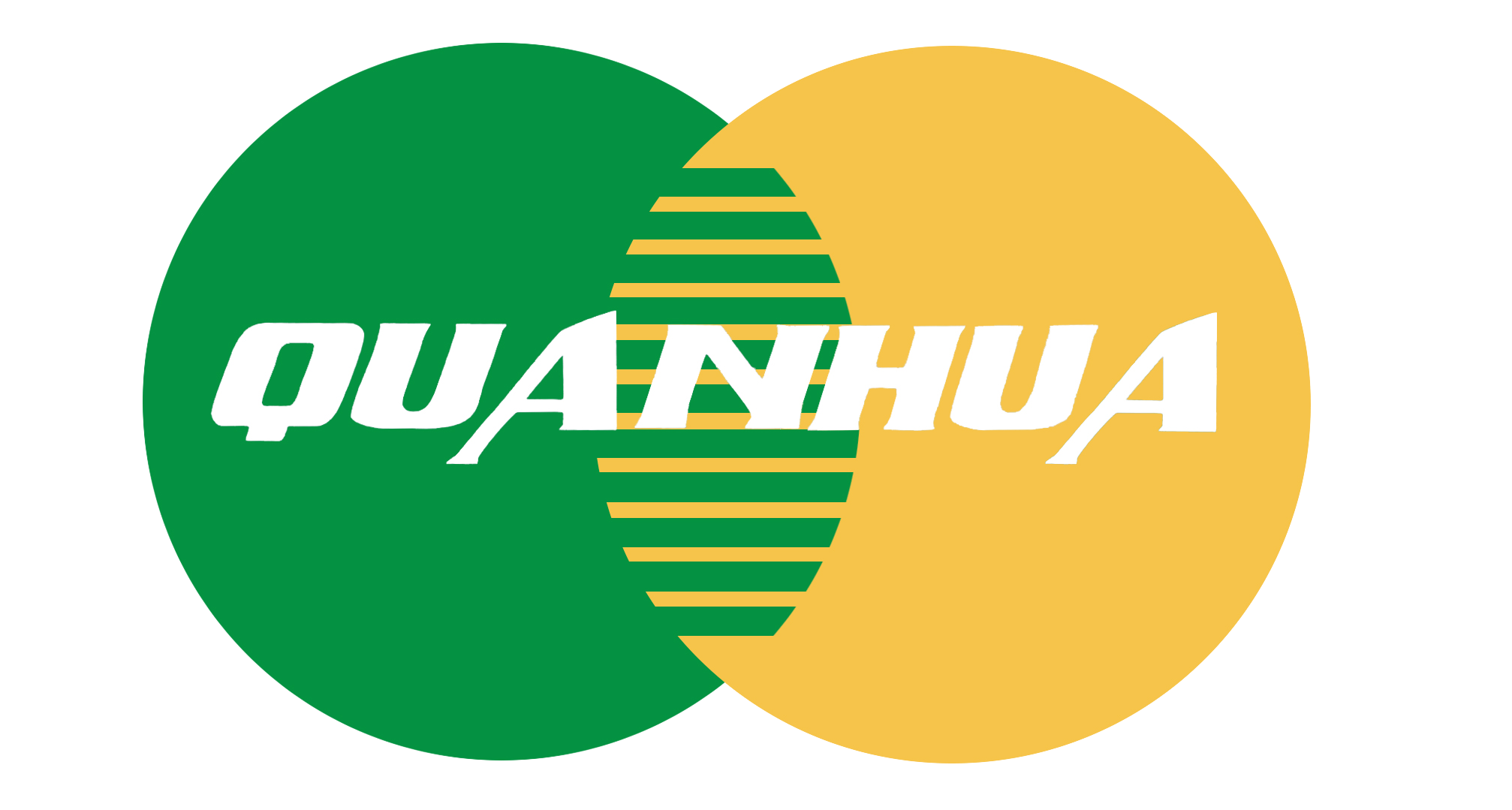Biodegradable Coffee Stirrer vs. Plastic Coffee Stirrer: Which Should You Choose?
In today's environmentally conscious world, individuals and businesses are increasingly seeking sustainable alternatives to everyday products. Plastic coffee stirrers, a ubiquitous item in cafes, restaurants, and households, have become a symbol of single-use plastic waste. As concerns about environmental impact grow, the search for eco-friendly alternatives has intensified. Biodegradable coffee stirrers, crafted from plant-based materials that decompose naturally, offer a sustainable solution, reducing waste and promoting environmental responsibility.
Understanding the Environmental Impact of Plastic Coffee Stirrers
Plastic coffee stirrers, often used in single-use settings, contribute significantly to landfill waste and pollution. Their production, transportation, and disposal release harmful substances into the environment, deplete natural resources, and contribute to climate change. Moreover, plastic coffee stirrers persist in the environment for centuries, posing a threat to wildlife and ecosystems.
The Eco-Friendly Benefits of Biodegradable Coffee Stirrers
Biodegradable coffee stirrers, derived from renewable plant-based materials like wood, bamboo, or paper, offer a more sustainable alternative to plastic stirrers. Their key environmental advantages include:
- Biodegradability: Biodegradable stirrers break down naturally over time, reducing their environmental impact compared to persistent plastic stirrers.
- Composting: In controlled composting environments, biodegradable stirrers can be converted into nutrient-rich soil amendment, promoting sustainable waste management practices.
- Renewable Resources: Biodegradable stirrers are made from renewable plant-based materials, promoting sustainable forestry and agricultural practices and reducing reliance on finite petroleum-based plastics.
- Reduced Carbon Footprint: The production of biodegradable stirrers generally has a lower carbon footprint compared to plastic stirrer production, minimizing greenhouse gas emissions and climate change impacts.
Durability and Cost Considerations
While biodegradable coffee stirrers offer eco-friendly benefits, it's important to consider their durability and cost compared to plastic stirrers:
Durability: Biodegradable stirrers may not be as durable as plastic stirrers, especially when exposed to hot or acidic liquids. They may soften or disintegrate over time, potentially affecting the stirring experience.
Cost: Biodegradable stirrers are often more expensive than plastic stirrers due to higher production costs associated with renewable materials and sustainable manufacturing practices.
Making an Informed Decision
The choice between biodegradable coffee stirrers and plastic stirrers depends on various factors, including environmental priorities, budget, and the intended use:
For environmentally conscious businesses and individuals seeking a sustainable solution, biodegradable coffee stirrers are a compelling choice. Their biodegradability, compostability, and renewable resource origin align with eco-friendly practices. However, their lower durability and higher cost should be considered.
For those prioritizing durability and lower costs, plastic stirrers may seem like a more practical option. However, it's crucial to acknowledge the environmental impact of plastic stirrers and explore ways to reduce their usage, such as encouraging customers to stir with spoons or offering reusable stirrers.
Conclusion
The choice between biodegradable coffee stirrers and plastic stirrers is a step towards a more sustainable future. By understanding the environmental impact of each option and considering factors like durability and cost, individuals and businesses can make informed decisions that align with their values and contribute to reducing plastic waste. Embracing sustainable alternatives like biodegradable coffee stirrers is a simple yet significant step towards a greener planet.

